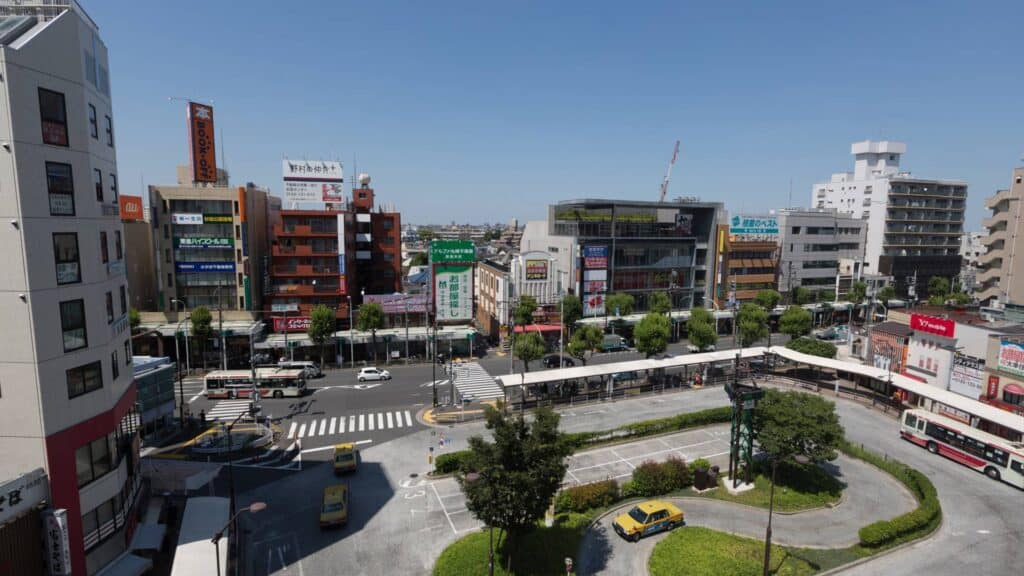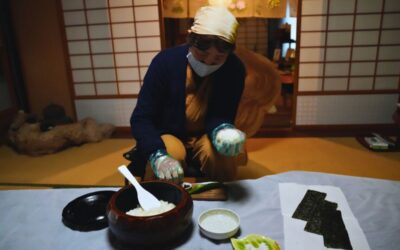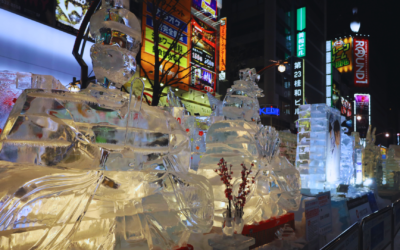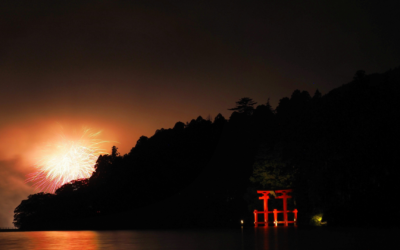Suginami Ward, one of Tokyo’s 23 distinct areas, is packed with character and excitement. Whether you’re exploring its diverse neighborhoods or looking for the best spots to visit, there’s something for everyone. Want to learn more about Suginami’s history, top activities, and accommodation options? This ultimate guide has you covered.
A Quick Primer to Suginami Ward
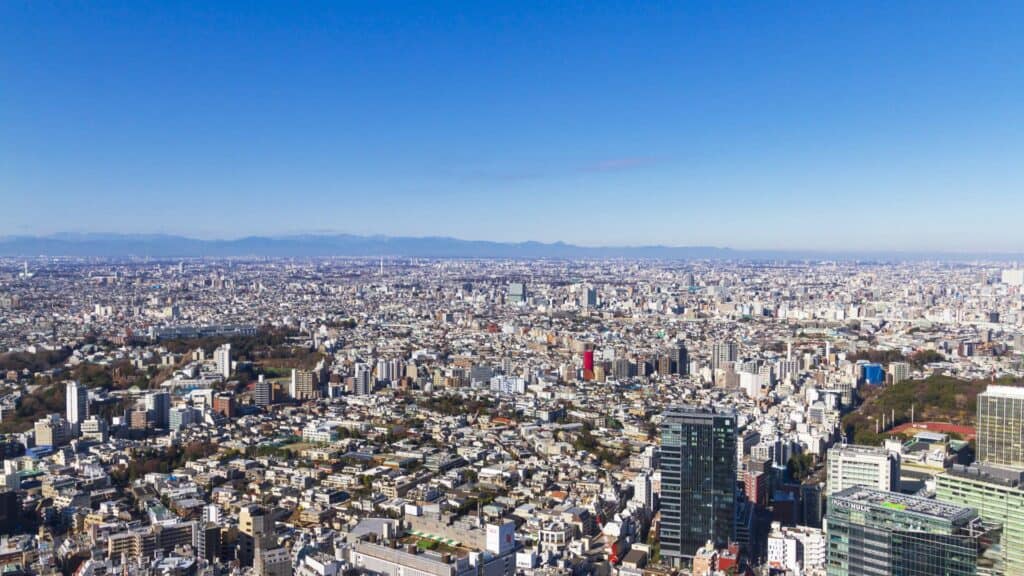
Suginami-ku is located just a short ride from Shinjuku on the Chuo Line and is home to four of the most popular residential areas in the western part of Tokyo: Koenji, Asagaya, Ogikubo, and Nishi Ogikubo.
The three stations—Koenji, Asagaya, and Nishi Ogikubo—are hubs for different subcultures and communities, each exuding the distinctive “Chuo Line culture.” Ogikubo, which is a rapid transit station on weekends and holidays, is also a significant part of this dynamic area.
It is easy to overlook, but the areas of Honancho on the Marunouchi Subway Line, Shimoigusa, Iogi, and Kami-igusa on the Seibu Shinjuku Line, and Eifukucho to Kugayama on the Keio Inokashira Line also fall within Suginami Ward.
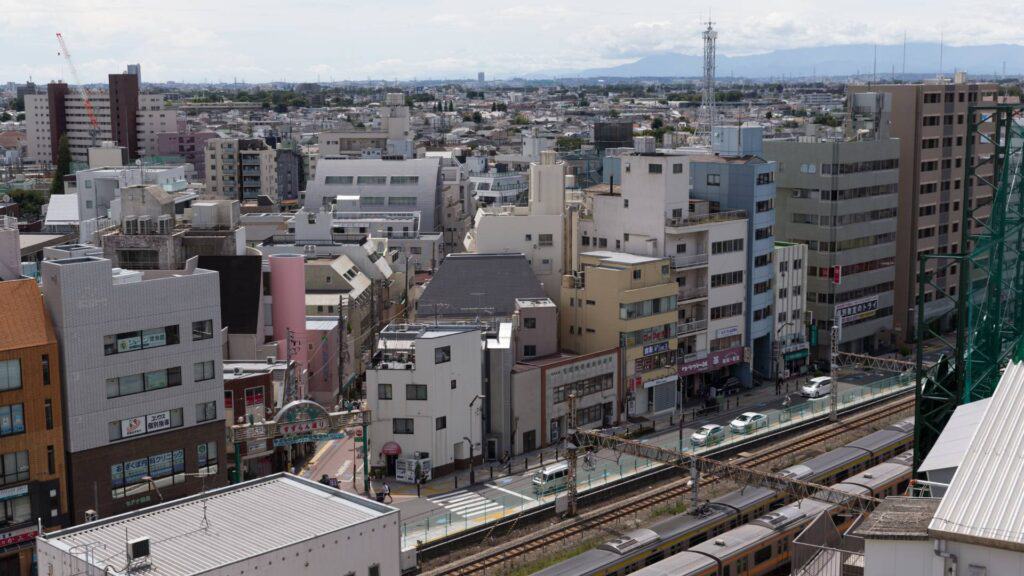
Many areas were converted to residential land after the Great Kanto Earthquake before World War II. Ogikubo, in particular, was once regarded as a high-class residential area, comparable to Kamakura, with famous residents such as Fumimaro Konoe and Akiko Yosano moving into the area.
Today, Suginami is home to both affluent and less wealthy residents, embodying an “ordinary” atmosphere as its name implies. Zempukuji, the area farthest from the centre of Tokyo, is a quasi-luxury residential area, while the areas near Koenji and Daitabashi, the closest neighborhoods, are less affluent.
Suginami Ward offers a rich blend of history, culture, and diverse communities, making it a fascinating area to explore and experience.
Living in Suginami Ward
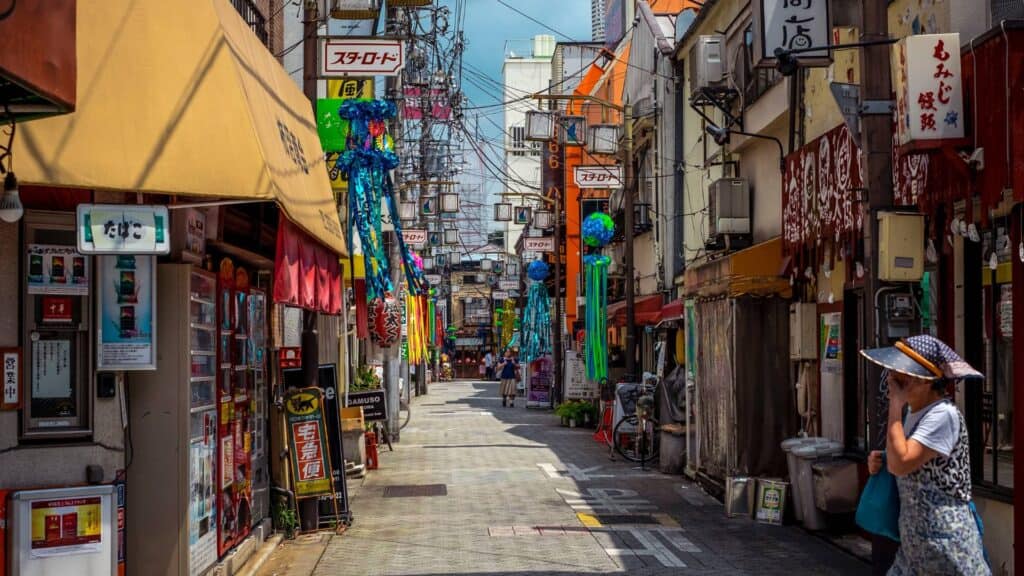
The average Suginami resident has a strong sense of pride, believing that Suginami is superior to Nakano and Nerima, and that Setagaya is their rival. In November 2014, the long-sought “Suginami license plate” was introduced, much to the relief of many residents who were glad to be rid of the Nerima license plate.
The residents of the ward have a high level of awareness and civic engagement, with a noticeable presence of professional citizens and leftists. The ward is also blessed with private schools that have high deviation values and produce excellent academic results.

Along the Chuo Line, a popular residential area, there are many young people living in Suginami Ward, gradually replacing the older generation. In contrast, along the Inokashira Line, there are many elderly people who own land and are content to stay put. The elderly residents, who have lived in Suginami Ward for many years, have a strong sense of entitlement and have experienced the student movements of the past, which has left a lasting impact on their views.
In Fujimigaoka, there was an opposition movement against the construction of a licensed nursery school. An elderly man from the Zenkyoto generation even resorted to throwing a Molotov cocktail and hanged himself in outrage at the sound of a samba festival.
Suginami Ward’s mix of pride, activism, and generational dynamics creates a unique and vibrant community, making it a distinctive part of Tokyo.
Areas of Suginami Ward
Along the JR Chuo Line
Koenji 高円寺
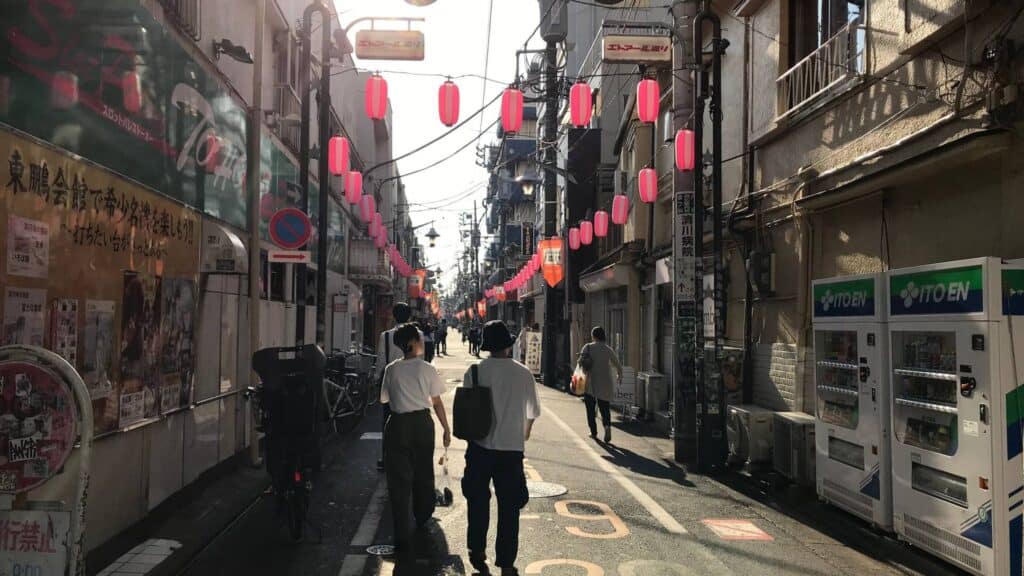
Koenji represents a hub of subculture. It’s home to many culturally impoverished individuals and hippies. The area boasts an abundance of Asian food and shabby apartments without bathrooms. Even some elitist types find themselves sinking into this eclectic town. Here, you can also experience the lively Awaodori dance during the Koenji festival.
Asagaya 阿佐ケ谷
Known for its jazz and Tanabata Festival, Asagaya has an older population compared to Koenji. It features the Pearl Center shopping street and the tree-lined Nakasugi Street in front of the Suginami Ward Office. Additionally, the long-established fishing pond in front of the station is a popular, albeit quirky, attraction.
Ogikubo 荻窪

Ogikubo is favoured for its convenient commute without the subculture vibe typical of the Chuo Line. The rapid train stops here on weekends, and commuters can catch the first train on the Marunouchi Line. Before the war, it was a high-class residential area comparable to Kamakura. Post-war, it became popular for its black market restaurant district at the north exit, the birthplace of Ogikubo Ramen.
Nishi Ogikubo 西荻窪
Adjacent to Kichijoji, Nishi Ogikubo has a unique subculture atmosphere, complete with pink elephants hanging in the arcades. It’s the birthplace of Happy Science, World Mate, and Hobbit Village, making it both a spiritual and antique town with numerous antique shops. The area around Zempukuji Pond near Ome Kaido is one of the highest-income areas in the ward.
Along the Marunouchi Line
Higashi-Koenji 東高円寺

Mostly part of Nakano inside Kannana, Higashi-Koenji features Silkworm Forest Park, a site for Suginami’s famous pro-citizen demonstrations. From here, you can access the south exit of Nakano station via the Nico Nico Road shopping street.
Shin-Koenji 新高円寺

At the southern end of Koenji Look shopping street, bordering Ome Kaido, lies Shin-Koenji. Horinouchi Myohoji Temple, renowned in this area, is located here. The more remote areas of Horinouchi, Omiya, and Matsunoki in Suginami Ward are often referred to as Suginami’s Tibet or Nepal.
Minami Asagaya 南阿佐ヶ谷
The Suginami Ward Office is situated right in front of the station at the southern end of Asagaya Pearl Center and Nakasugi Street. The retro Asagaya Danchi, once located along the Zempukuji River, has since disappeared following redevelopment.
Honancho 方南町
Honancho is the terminal station of the Marunouchi Line branch line, constructed during the Showa period without an elevator. The local “Baby Stroller Oorozerunger” squad assists mothers with children. The huge Rissho Koseikai Cathedral is also located here, and the shopping street in front of the station features rows of Soka Gakkai tricolour flags on November 18.
Along the Keio Line and Inokashira Line
Daitabashi 代田橋
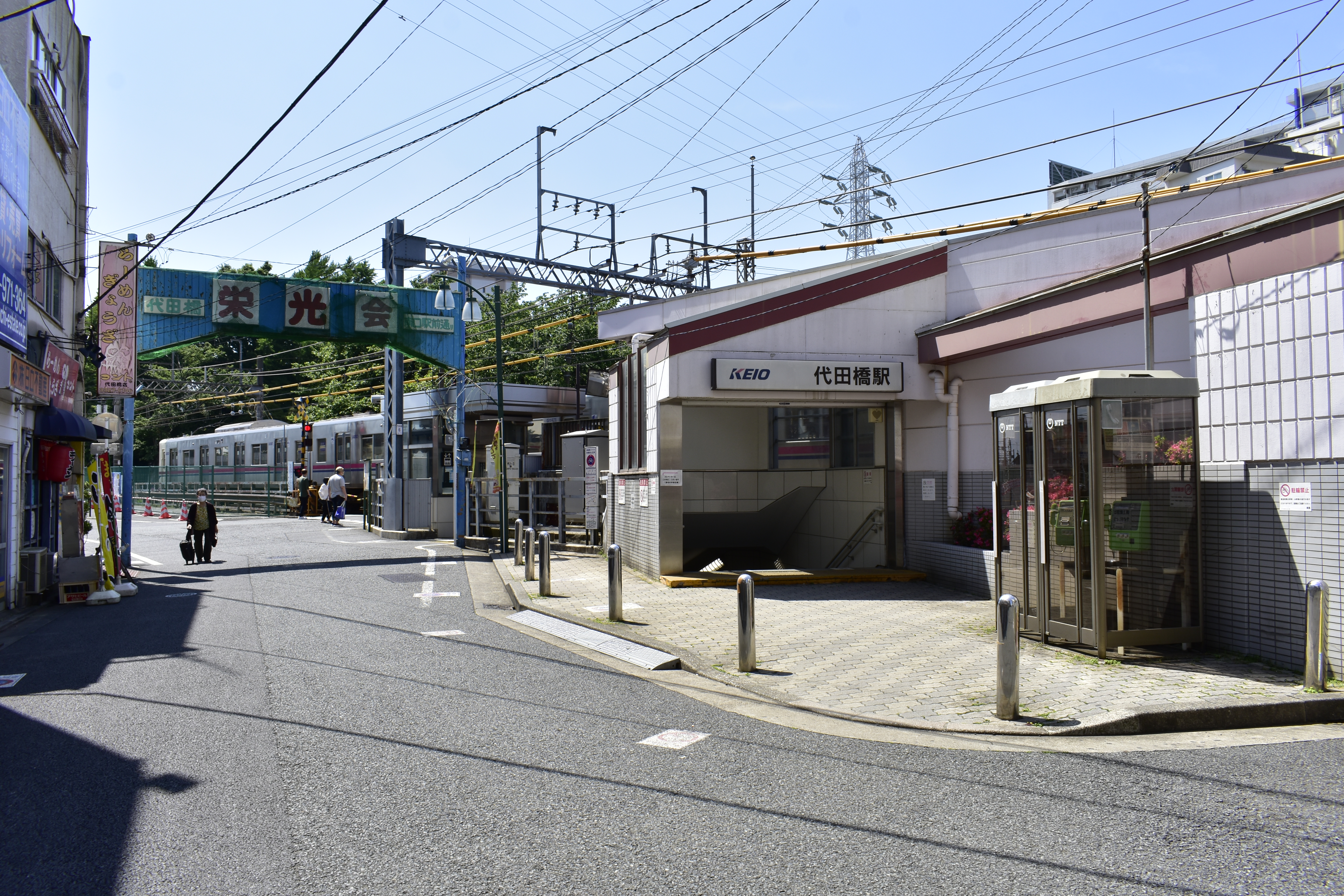
Although the area in front of the station is in Setagaya Ward, the northern area of Koshu Kaido is in Suginami Ward. The Okinawa Town Suginami Izumi Meitengai is an unsophisticated yet cool little Okinawan town that emerged as an afterthought to revitalise a desolate shopping district.
Meidaimae 明大前
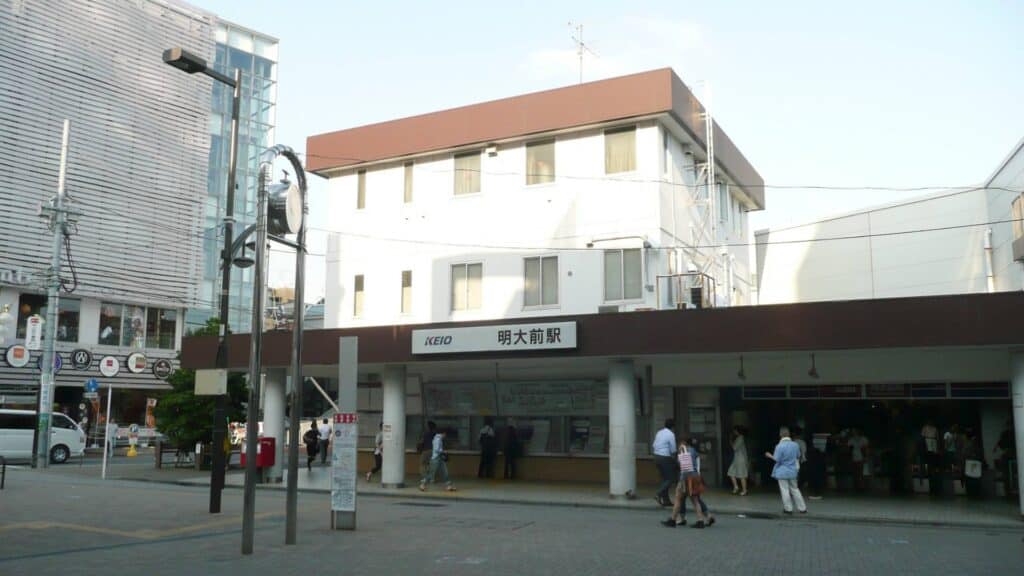
The area in front of the station falls within Setagaya Ward, but the north of Koshu Kaido is in Suginami Ward. As suggested by the station name, this is a student town featuring Meiji University’s Izumi Campus. The Tsukiji Hongan-ji Wadabori Cemetery, a famous landmark, is situated behind the station.
Shimotakaido, Sakurajosui, Kamikitazawa 下高井戸・桜上水・上北沢:
The north side of the stations are part of Shimotakaido, Suginami-ku.
Hachimanyama & Roka Koen 八幡山・芦花公園
The north side of these stations falls within Kamitakaido, Suginami-ku, with intricate boundaries with Kamikitazawa, Setagaya-ku.
Eifukucho 永福町
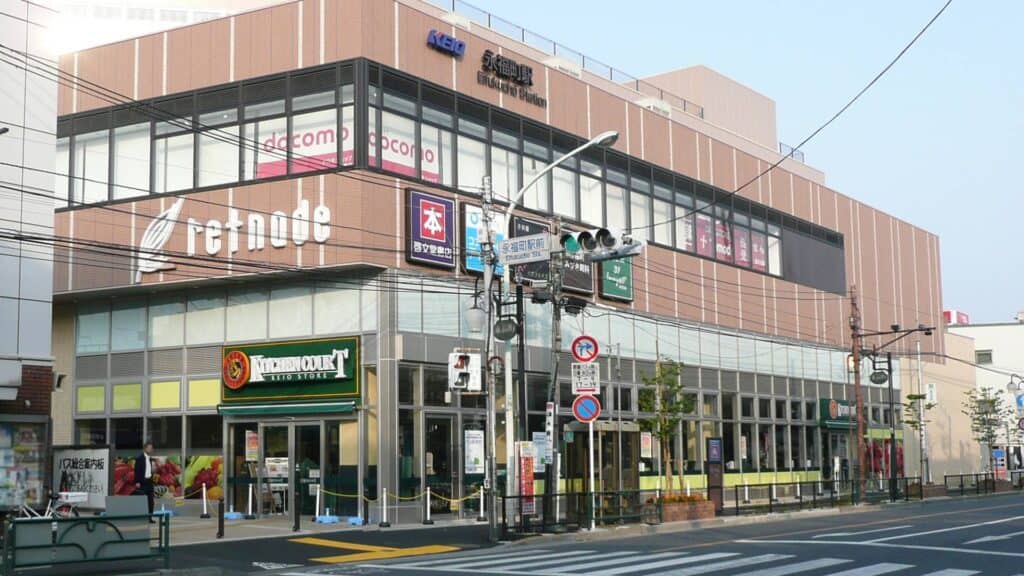
An express train stop on the Inokashira Line, Eifukucho resembles Little Italy, famous for its authentic pizzeria and Eifukucho Daishouken.
Nishi-Eifuku 西永福
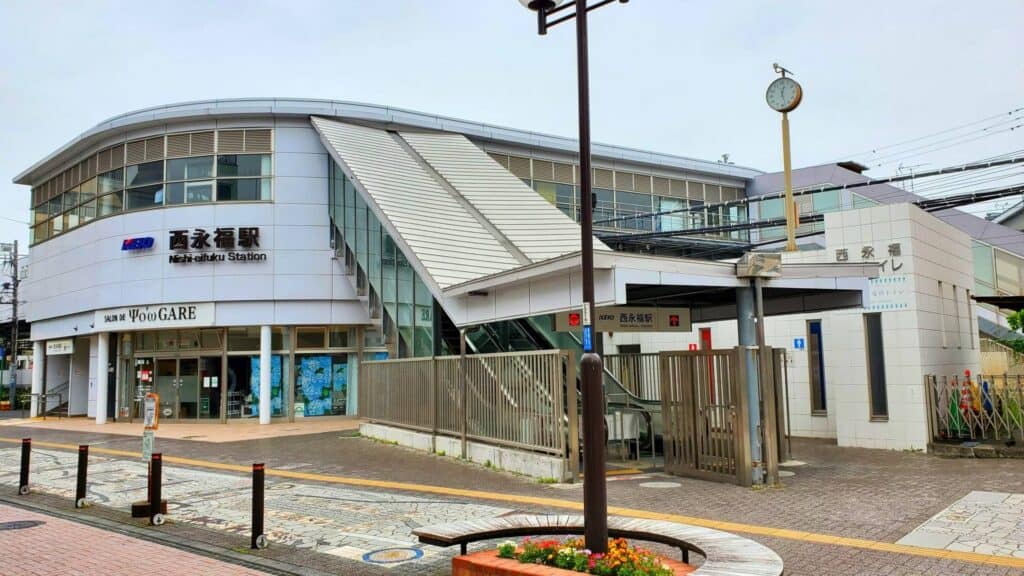
The nearest station to Matsunoki and Omiya in the remote Suginami area, Nishi-Eifuku features Musashino-en, a fishing pond in Wadabori Park, serving as an oasis for locals in the know.
Hamadayama 浜田山
One of Suginami’s most affluent areas, Hamadayama is lined with luxury foreign car dealers along Inokashira-dori Avenue. The shopping district in front of the station is one of the most prosperous along the line. Park City Hamadayama, a group of luxury condominiums, adds to the area’s prestigious atmosphere.
Takaido 高井戸
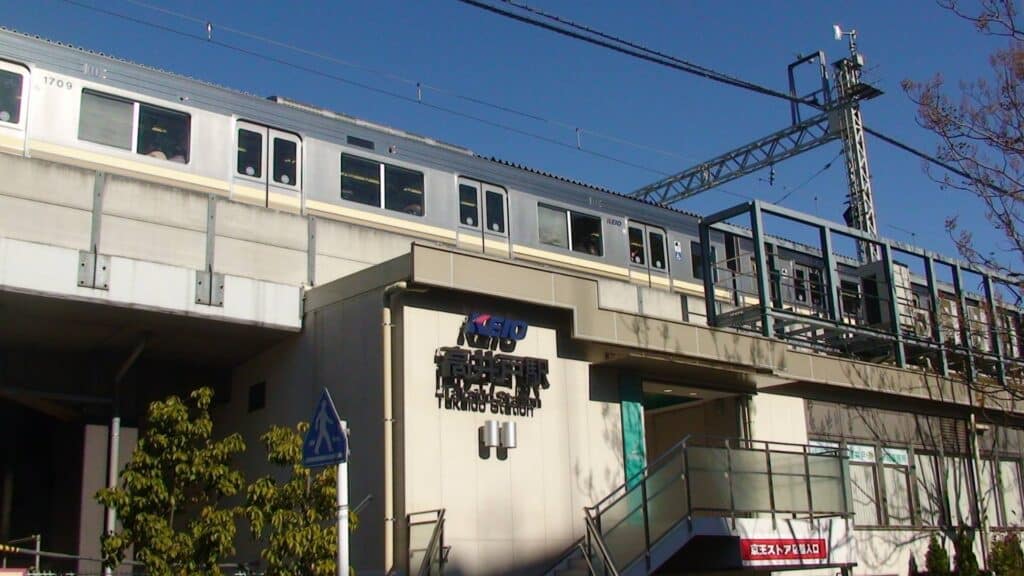
The famous traffic jam on Kanpachi, visible from the station platform, is an interesting sight. Opposition to the construction of the Chuo highway interchange has kept the area somewhat undeveloped. The garbage disposal plant built after the Tokyo Garbage War is a notable landmark.
Fujimigaoka 富士見ヶ丘
Along with Takaido, Fujimigaoka has a strong opposition movement among residents. A funeral home was built in front of the station despite resident opposition, and plans for a licensed nursery school have been abandoned due to similar opposition.
Kugayama 久我山
Home to Kokugakuin University and Iwasaki Tsushinki, Kugayama features a barracks-style ramen shop, Kai, popular with students. The narrow store is always bustling with student customers. The Higashi-Hachi Road remains undeveloped.
Along the Seibu Shinjuku Line
Shimoigusa 下井草

A station with an airy presence, Shimoigusa has only a Seiyu store nearby. Myoshoji Park, within walking distance, is the source of the Myoshoji River, which submerges Saginomiya and Numabukuro.
Igi 井荻
Before the construction of the Ring Road Iogi Tunnel, it was a notorious spot for traffic jams. Large luxury condominiums that call themselves “Suginami” are situated almost on the Nerima Ward side of the city.
Kami-igusa 上井草
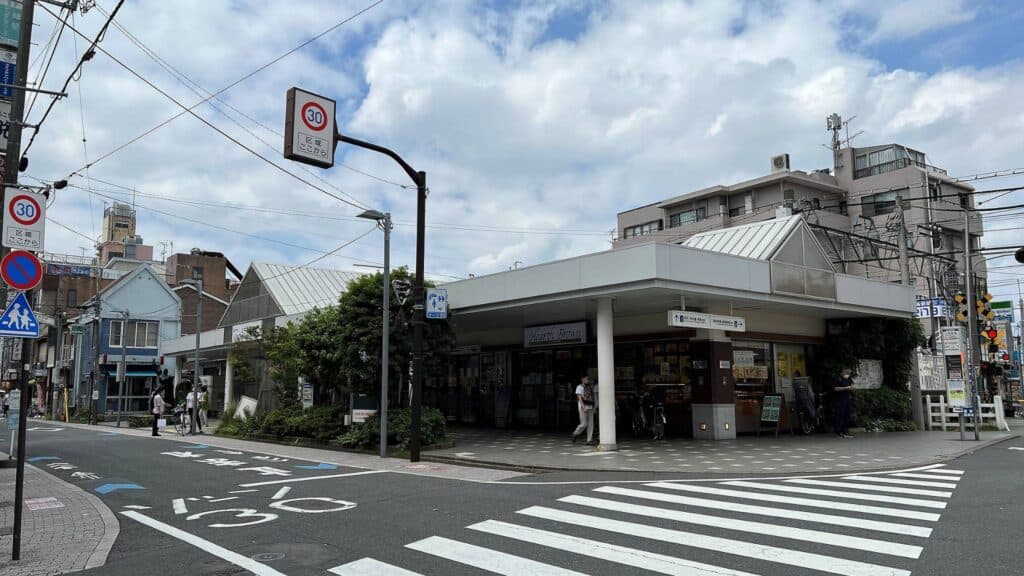
Gundam, the name of a famous animation production company, lends its name to the area, resulting in the station being covered with Gundam-themed decorations.
Characteristics of Suginami Ward
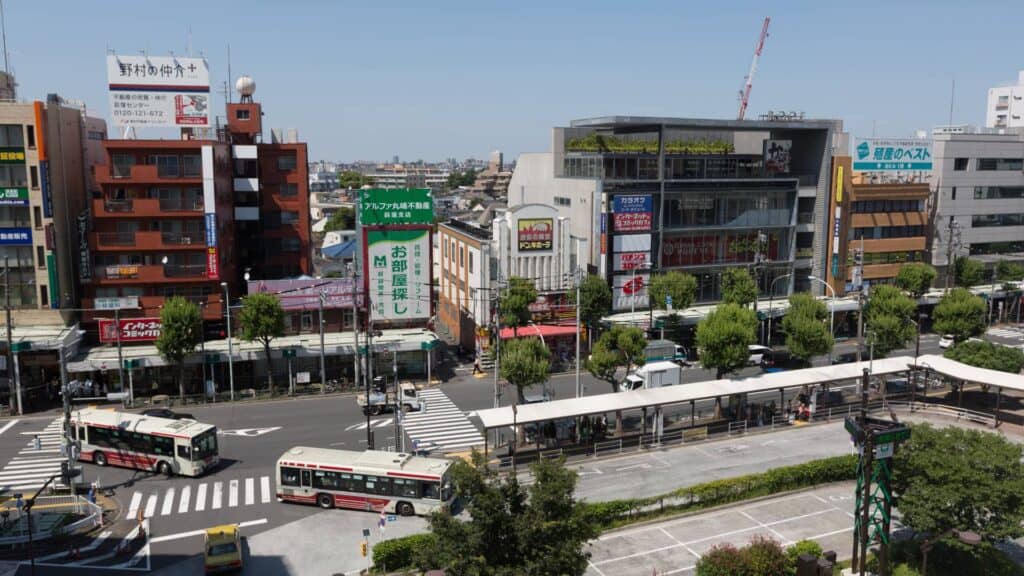
Suginami Ward is an area with easy access to the city centre, yet it offers a calm and pleasant residential environment. Suginami Ward also provides unique administrative services.
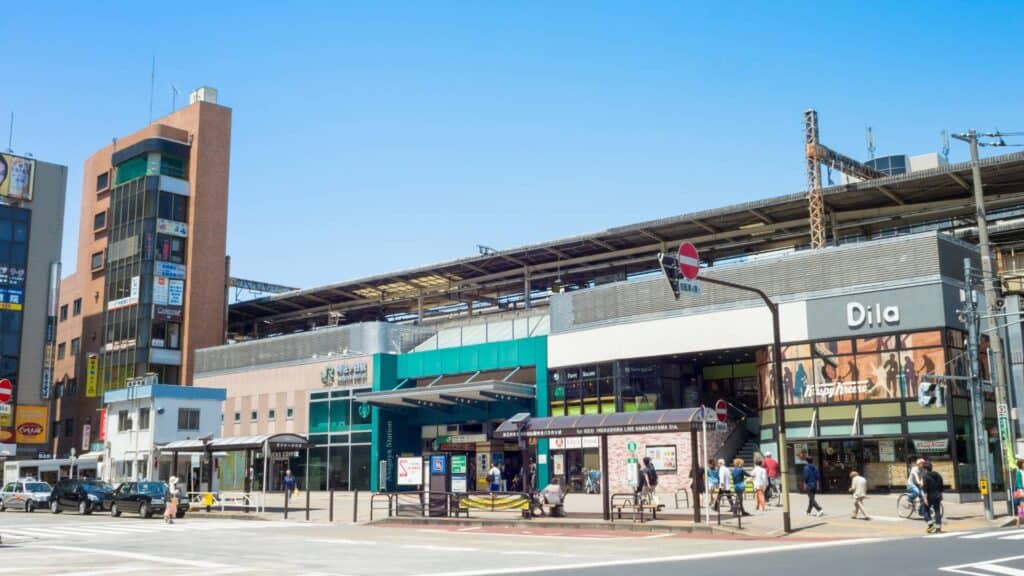
Suginami Ward is located in the western part of Tokyo’s 23 wards, an area known as Josai. It is adjacent to Shibuya Ward, Nakano Ward, Setagaya Ward, Nerima Ward, Musashino City, and Mitaka City. Suginami Ward offers easy access to Shinjuku and Shibuya, facilitating convenient commuting to central Tokyo, Otemachi, and Ginza. Additionally, Suginami Ward boasts suburban advantages, such as tranquil residential areas in Ogikubo, Nishi Ogikubo, Koenji, and Asagaya, along with lush greenery and numerous parks.
A Variety of Unique Administrative Services

Suginami City is renowned for its innovative and unique administrative services. Childcare services are excellent, and in April 2020, Suginami Ward achieved zero children on waiting lists for the third consecutive year while continually improving the quality of its childcare services. With an ageing population, the municipality has implemented the “Anshin Otasha Visit” program for elderly residents not receiving services provided by long-term care insurance.
To combat the new coronavirus, for instance, the ward established its own Suginami Ward Fever Outpatient Clinic at a flagship hospital and provided subsidies to medical institutions.
What to Do in Suginami Ward
Omiya Hachiman Shrine 大宮八幡宮

The shrine enshrines Emperor Ojin, his father and mother, Emperor Nakai and Empress Jingu, and attracts many visitors who come to pray for easy childbirth, child-rearing, and match-making. Other shrines on the grounds include Omiya Tenmangu Shrine, dedicated to Sugawara no Michizane, and Ontake Haruna Shrine, believed to be the god of agriculture and sericulture.
Find out more about Omiya Hachiman Shrine here on Google maps.
Wadabori Park 東京都立和田堀公園

Wadabori Park is surrounded by deep greenery in a residential area of Suginami, Tokyo, creating a quiet atmosphere. Developed in the 1950s, the park spans approximately 260,000 square meters and includes two stadiums, a barbecue plaza, and a baseball field. It is famous for being a habitat for kingfishers, a rare waterfowl in central Tokyo, attracting many birdwatching enthusiasts.
Find out more about Wadabori Park here on Google maps.
Nanatsumori 珈琲亭 七つ森
Nanatsumori is a retro coffee shop in Koenji, beloved by locals for its Showa-era charm. Most of the menu items are homemade, including a variety of curries, rice omelettes, Neapolitan dishes, cakes, and desserts. The tea and coffee, brewed to order, are of high quality. The restaurant is open until late at night, seven days a week.
Find out more about Nanatsumori here on Google maps.
Mabashi Inari Shrine 馬橋稲荷神社
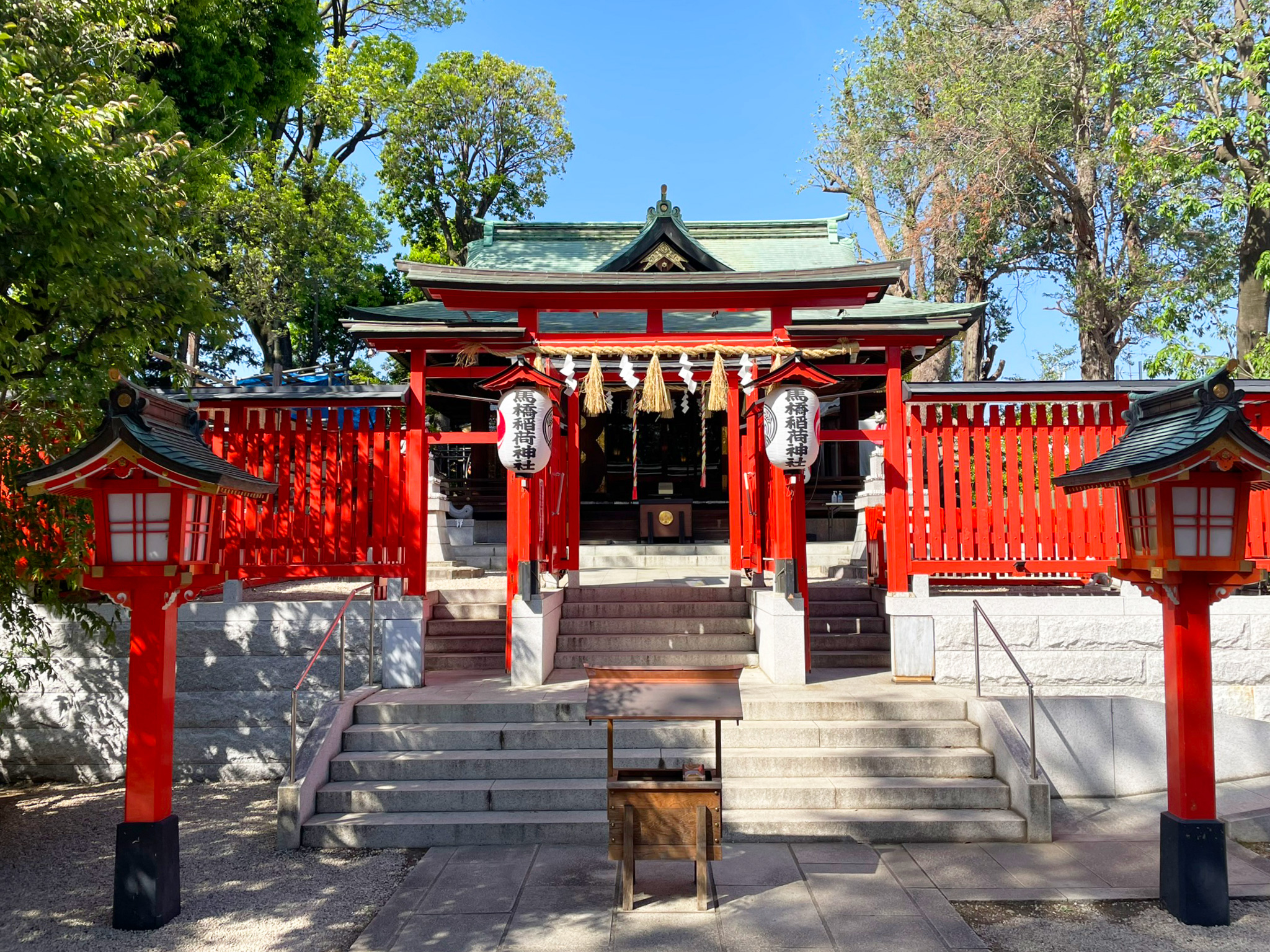
Mabashi Inari Shrine is located in Asagaya Minami, Suginami-ku, Tokyo. During the Hatsuuma Festival in February, a rice-cake pounding ceremony is held, with parishioners singing a rice-cake pounding song.
Find out more about Mabashi Inari Shrine here on Google maps.
Utsukushi-no-yu 美しの湯
A two-minute walk from Takaido Station on the Keio Inokashira Line, this one-day hot spring allows visitors to feel the seasonal changes in the air. The amber-coloured sodium chloride hot spring water is effective for treating nervous disorders, muscular pains, joint pains, and chronic women’s diseases. The building also features a restaurant that uses pesticide-free vegetables grown in an indoor vegetable garden.
Find out more about Utsukushi-no-yu here on Google maps.
Suginami Animation Museum 東京工芸大学 杉並アニメーションミュージアム
The Suginami Animation Museum is a facility where visitors can learn, experience, and understand Japanese animation. It comprehensively introduces the entire range of Japanese animation, from its history to its future. The museum offers free admission, screens various animations, and holds special exhibitions and monthly workshops.
Find out more about Suginami Animation Museum here on Google maps.
Accommodations in Suginami Ward
Smile Hotel Tokyo Asagaya (3 Stars)
Smile Hotel Tokyo Asagaya is conveniently located next to JR Asagaya Train Station, offering easy access to Kichijoji, Shinjuku, Tokyo Station, Harajuku, and Shibuya.
Koenji Junjo Hotel (2 Stars)
Situated in the Suginami Ward district of Tokyo, Koenji Junjo Hotel offers air-conditioned rooms with shared bathrooms and free WiFi. It is close to various local attractions.
TOP EDGE HOSTEL Koenji (1 Stars)
TOP EDGE HOSTEL Koenji provides adults-only accommodation with a bar and terrace, offering free WiFi and close proximity to various parks.
Discover Suginami Ward for Yourself
What are your thoughts on Suginami Ward in Tokyo? Do you enjoy delving into the history and culture of this intriguing area? Suginami Ward is home to several unique neighborhoods, each with its own distinct charm. From the vibrant streets of Koenji, known for its vintage shops and lively music scene, to the serene temples and lush parks scattered throughout, there’s a wealth of history and countless unique activities to explore.
Suginami also boasts a rich cultural heritage, with numerous festivals and traditional events held throughout the year. Whether you’re visiting the Asagaya Tanabata Festival or exploring the historical Suginami Animation Museum, there’s always something new to discover. If you’re planning a visit, be sure to refer back to this blog for guidance on the best places to see and things to do.

